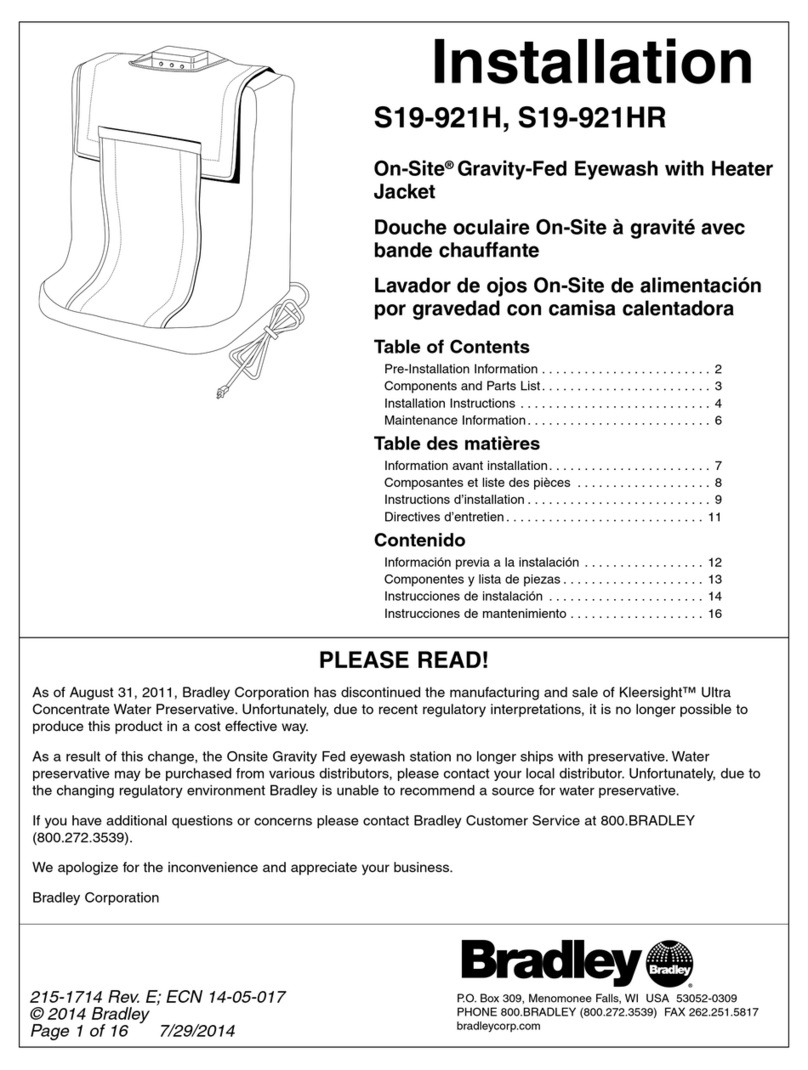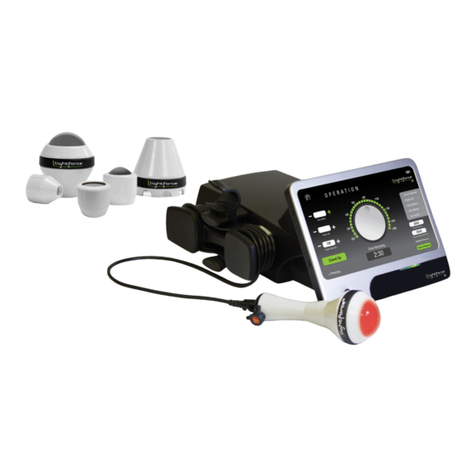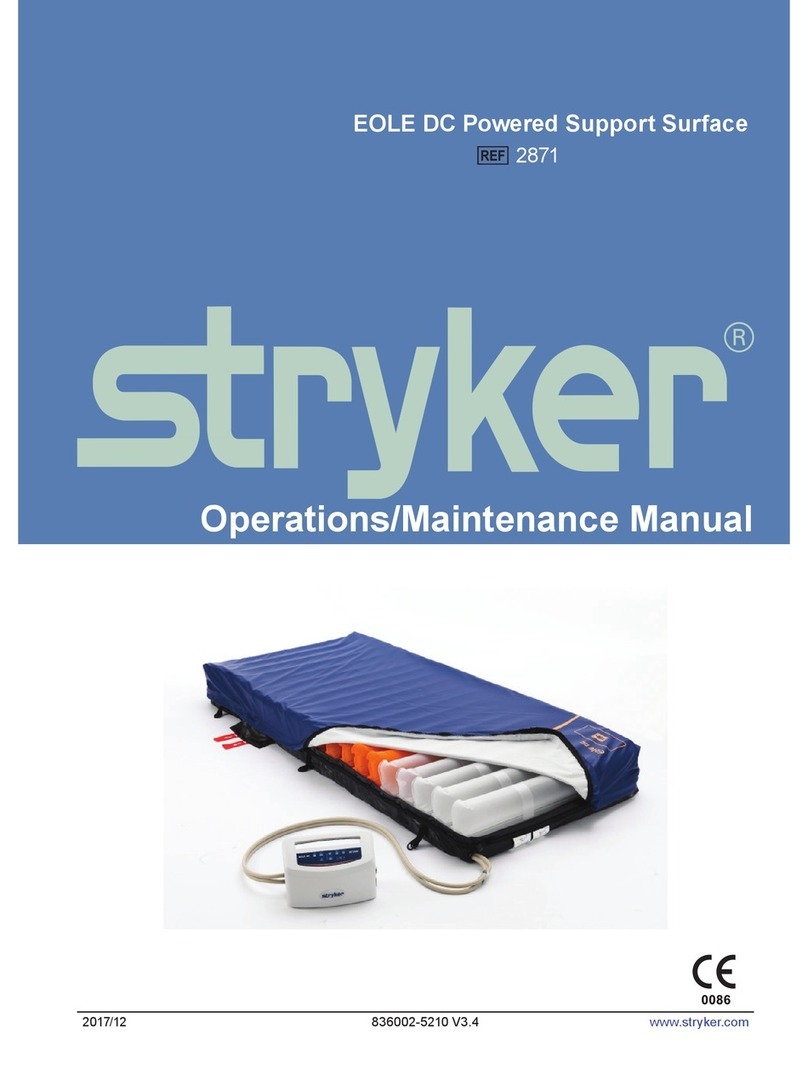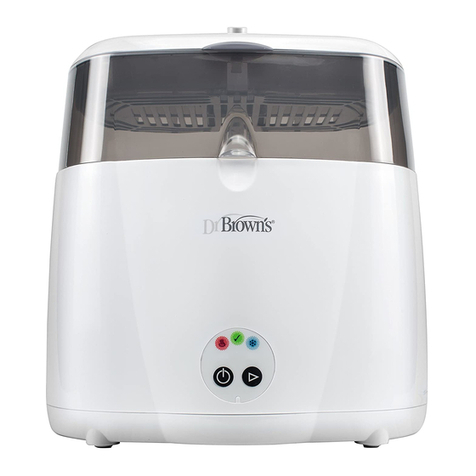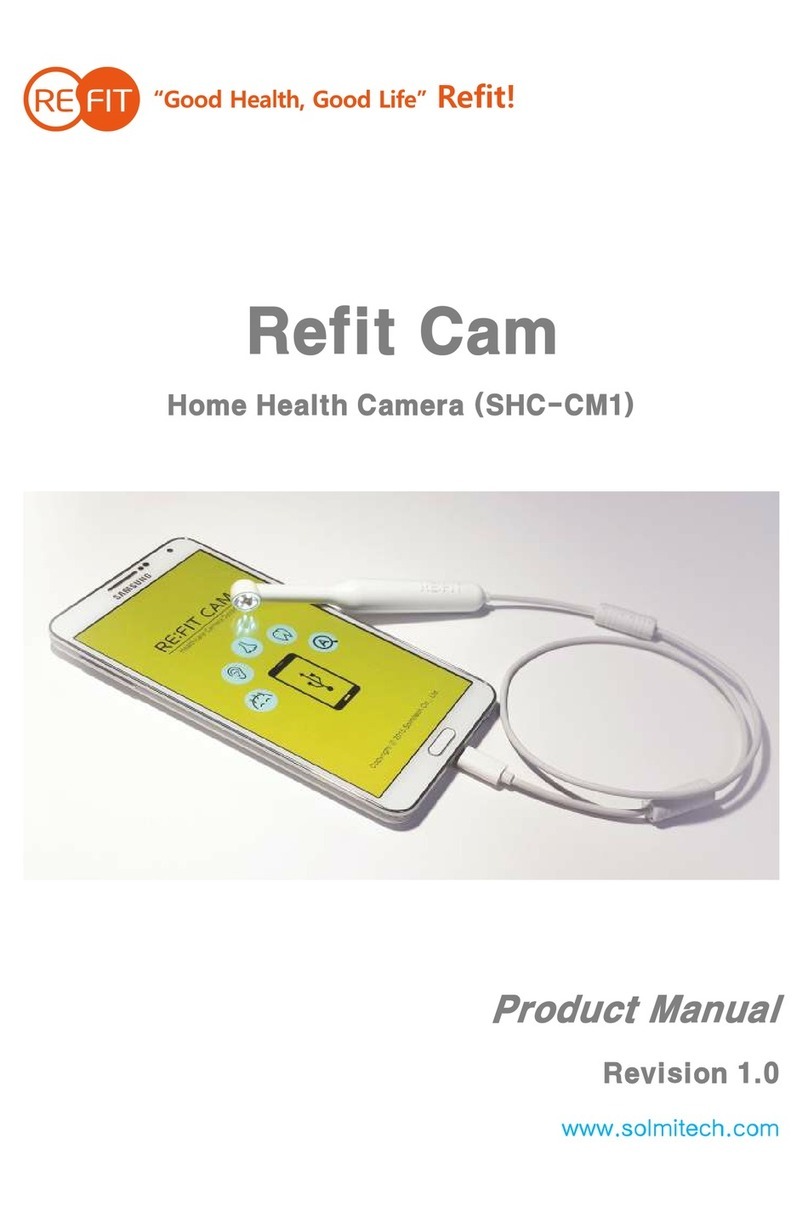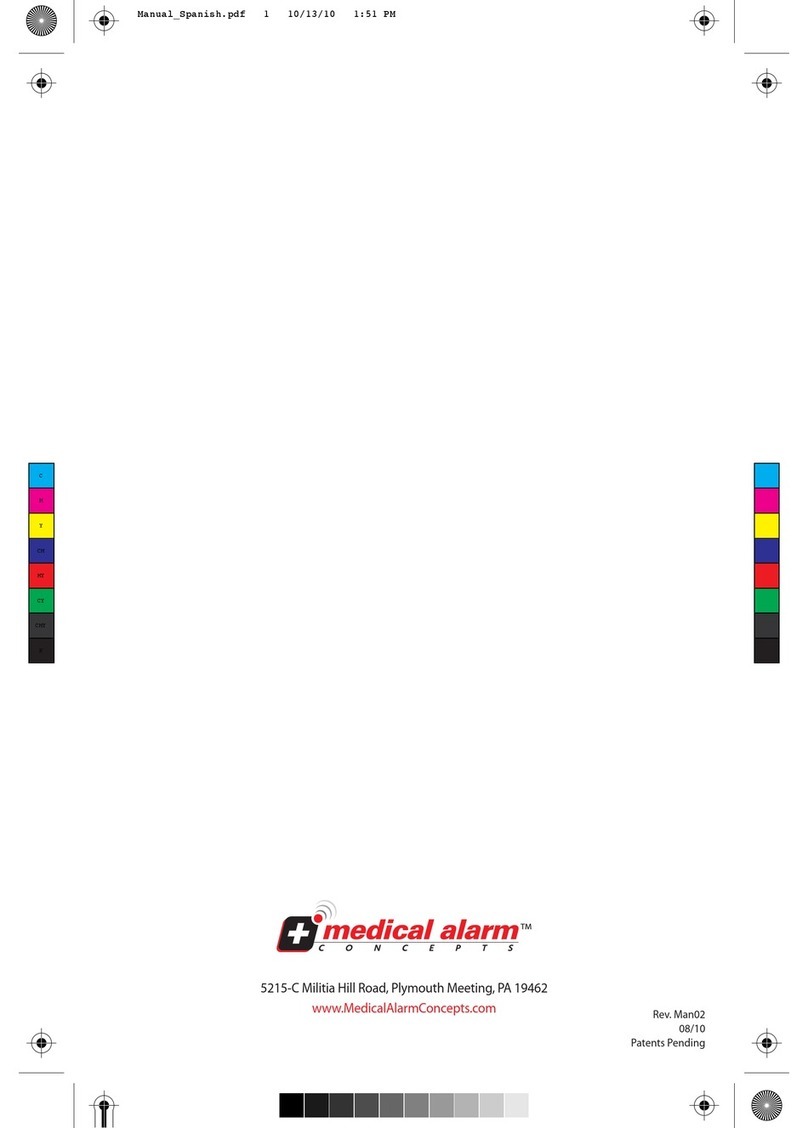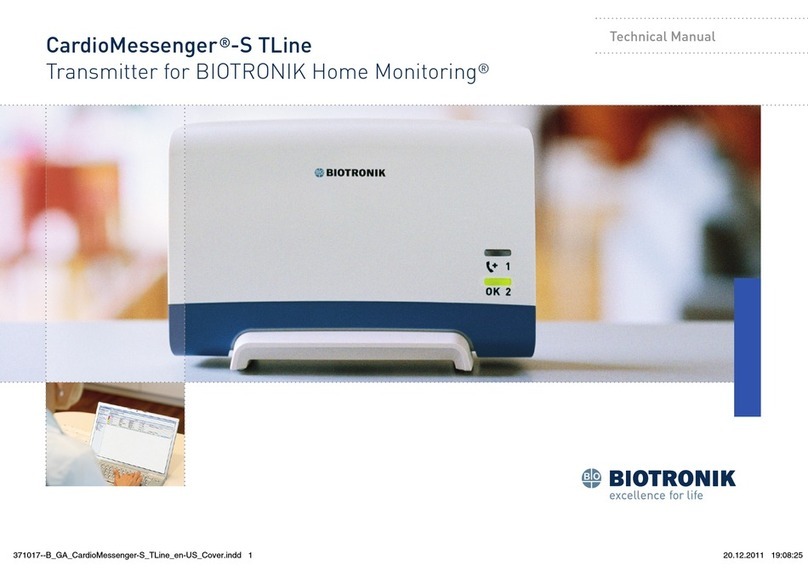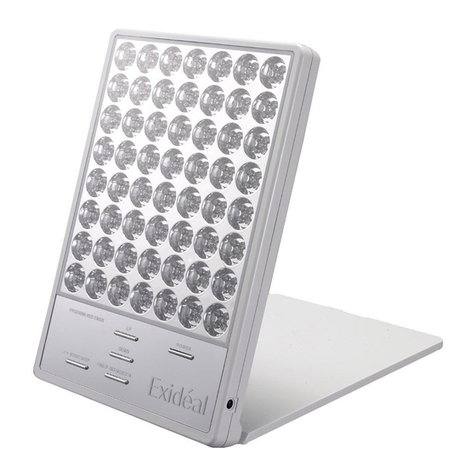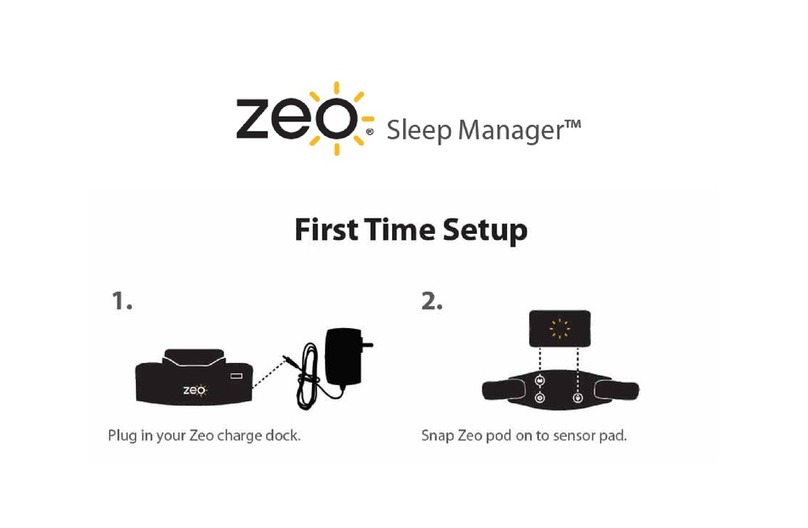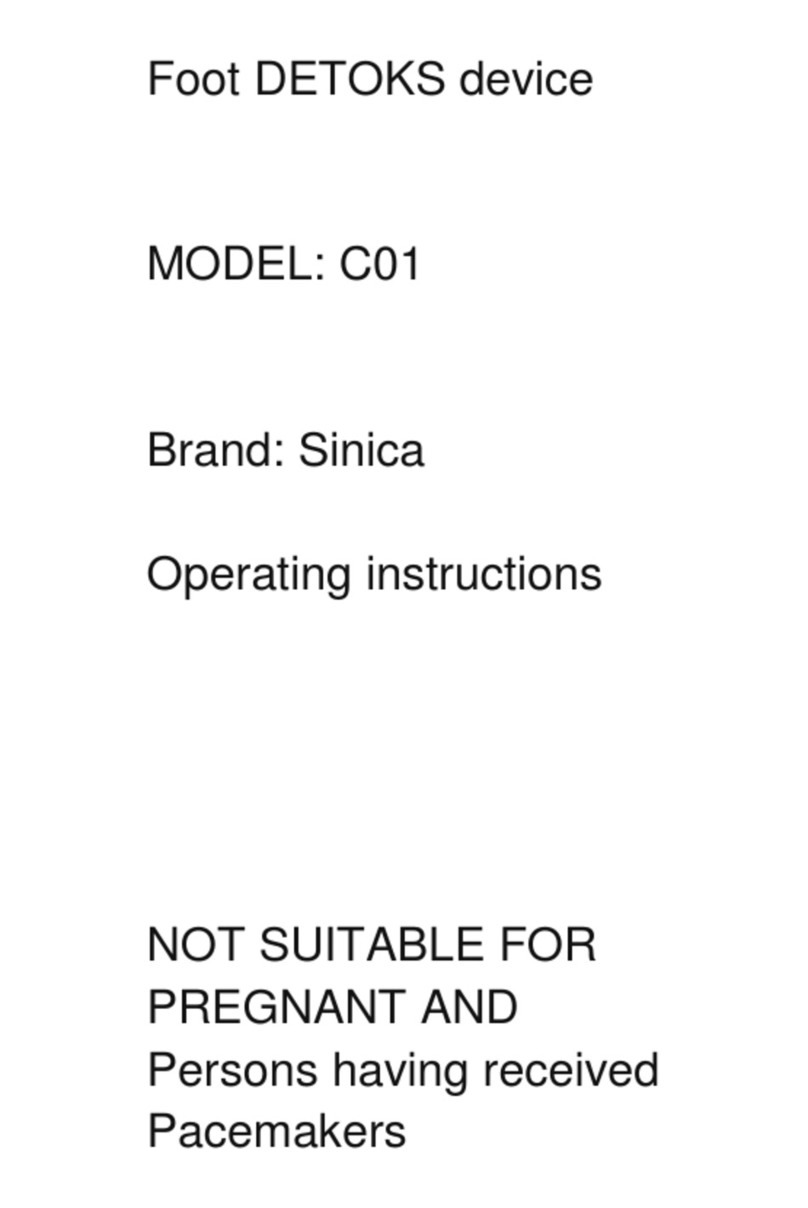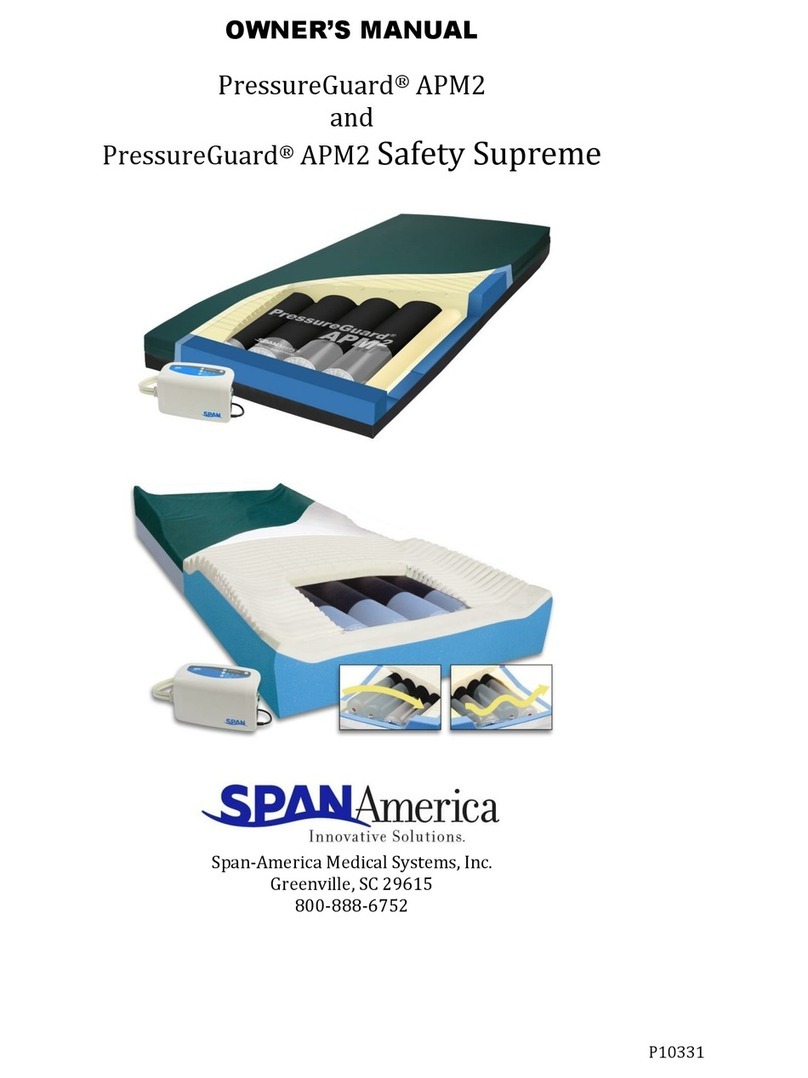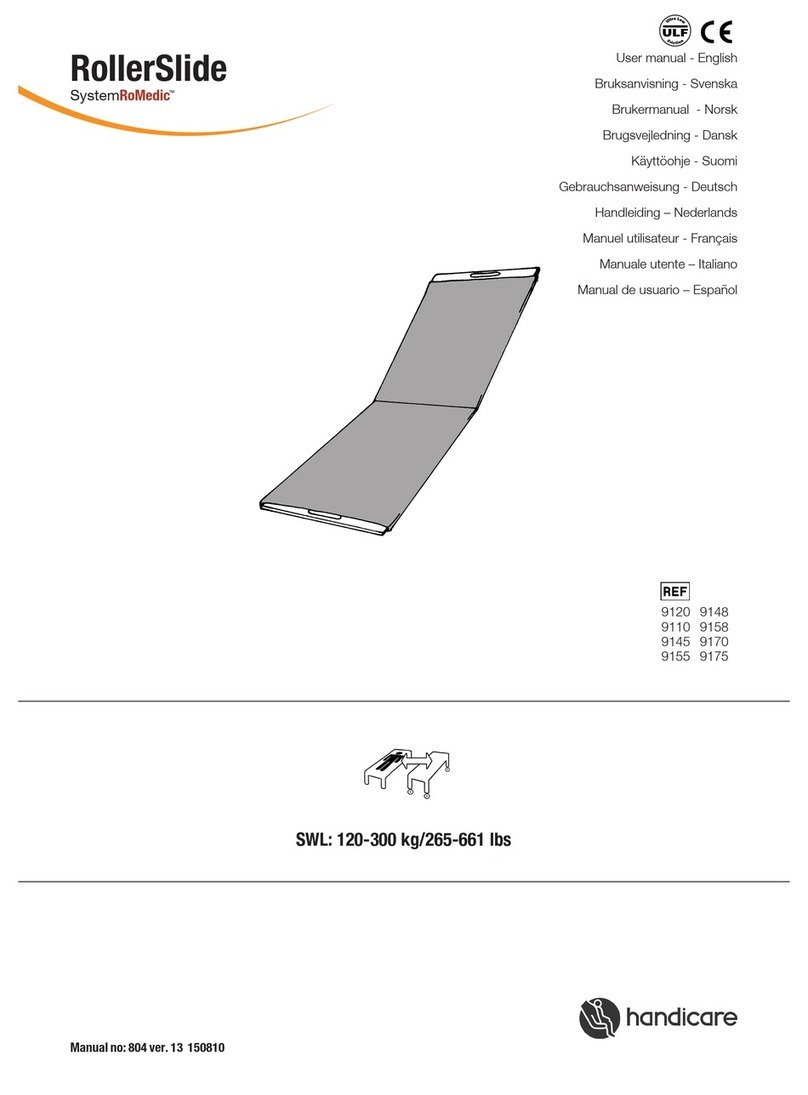
- 5 -
One parameter (PEF or FEV1 for the PiKo-1, and FEV1, FEV6 or FEV1/FEV6 for the
PiKo-6) may have been selected at the factory to have a reference value assigned
by the user in conjunction with their physician. Unless otherwise specified, the
PiKo-1 is set up with the PEF as the reference type and the PiKo-6 is set up with
the FEV1/FEV6 ratio as the reference type. After the reference value has been
assigned, the selected parameter will then be compared with its reference and
the result indicated by an arrow pointing to the appropriate colour on the colour
zone. The zone indication may be turned off by setting the reference value to ‘0’.
1. Press the operate button quickly - 4 times within 2 seconds. The factory set
reference type indicator will start blinking (FEV1, FEV6 or the FEV1/FEV6). The
display will also show the stored reference value.
2. Release the button. Each additional press will advance the reference value
display by 0.10 L for FEV1 or FEV6, or 0.01% for FEV1/FEV6.
3. Hold the button for 5 seconds to save the desired reference value. The
appropriate indicator will stop blinking and a beep will sound.
4. The display will briefly show the new reference value and then the last
test results. The Colour Zone in the memory review mode will reflect the new
reference value.
NOTE: During the reference setting process, if the Operate Button is not pressed
within 5 seconds, the PiKo will exit the setting mode without modifying the old
reference.
The following colour zone parameters are used:
GREEN, YELLOW, RED
Green = test results over 80% of the reference value
Yellow = test results between 50 - 80% of the reference value
Red = test results under 50% of the reference value
Setting Reference Values
